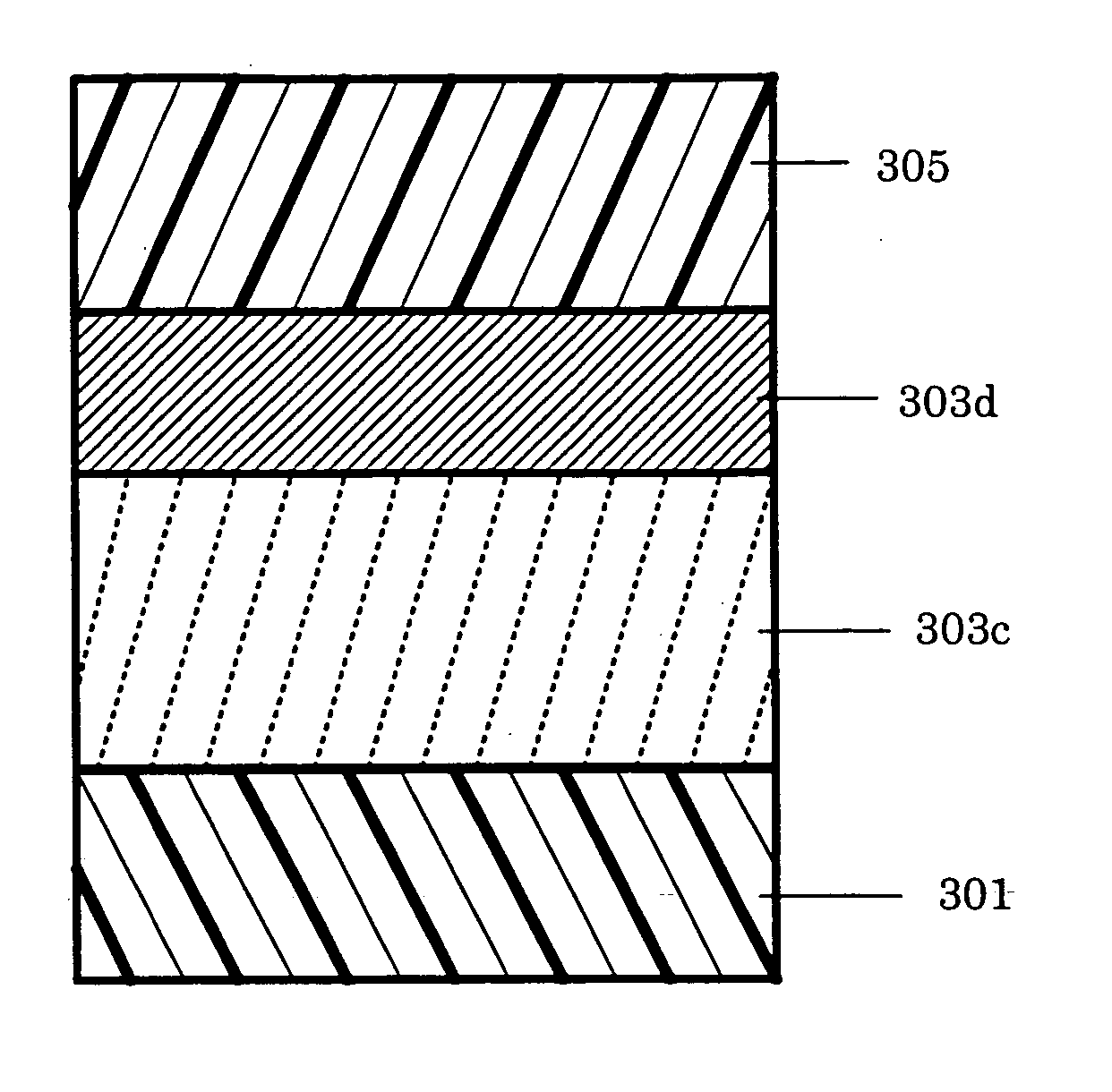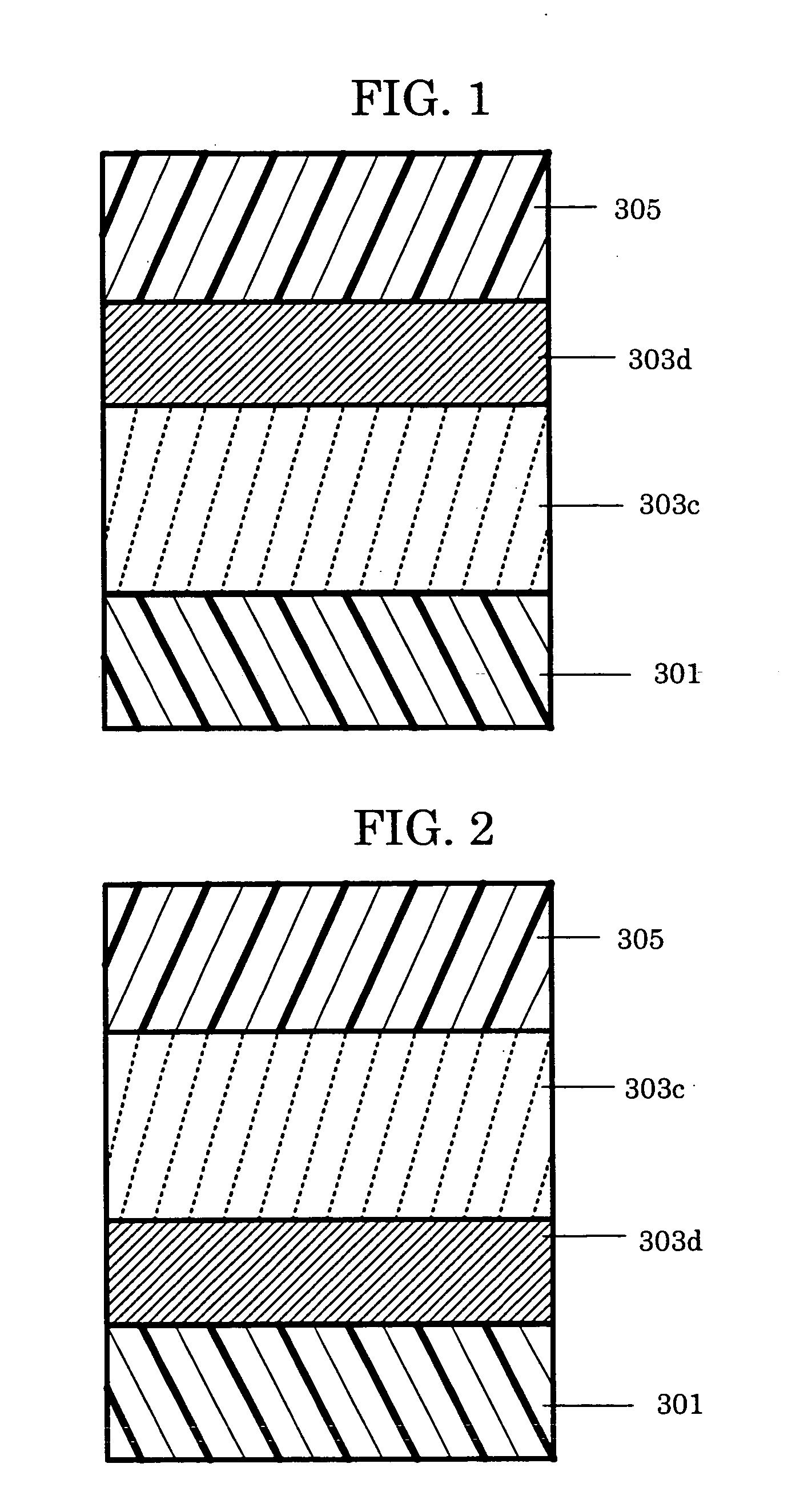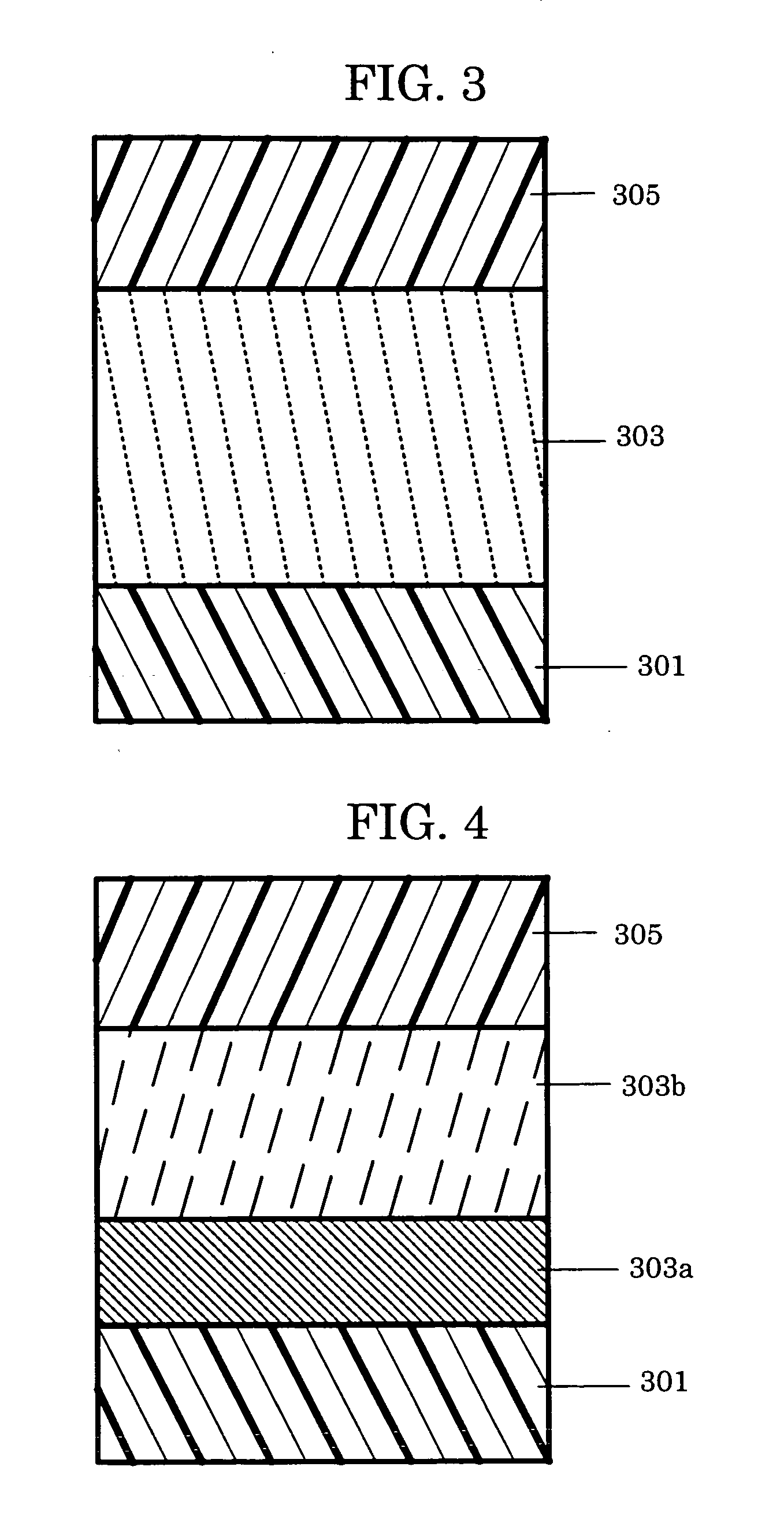Coating liquid for intermediate layer in electrophotographic photoconductor, electrophotographic photoconductor utilizing the same, image forming apparatus and process cartridge for image forming apparatus
a technology of electrophotographic photoconductor and coating liquid, which is applied in the direction of electrographic process, instrument, corona discharge, etc., can solve the problems of insufficient electrostatic property after repeated use, large productivity reduction, and moire image generation, so as to prevent viscosity increase, high stability, and high durability
- Summary
- Abstract
- Description
- Claims
- Application Information
AI Technical Summary
Benefits of technology
Problems solved by technology
Method used
Image
Examples
synthesis examples 2 to 5
of N-methoxymethylated Nylon
[0332] N-methoxymethylated nylons were synthesized in the same manner with the Synthesis Example 1, except for a little changing in the reaction temperature, respectively, which were referred to as “Materials B to E”.
[0333] The synthesized N-methoxymethylated nylons (Materials A to E) were evaluated per lot as follows.
[0334] N-methoxymethylated nylon of 5 g was weighed out, respectively, it was added to 20 g of methanol, heated and agitated, and a solution of 20% by mass was prepared. After the dissolution, the temperature of the solution was maintained at 30°.
[0335] Continuously, a viscosity was measured using a viscometer on the market (manufactured by Toki Sangyo Co., Ltd.: TVE-30L) under the following condition. The viscosity measurement results are shown in Table 1.
(Viscometer Measurement Conditions)
[0336] Cone / plate rotor: 1°34′×R24 [0337] Temperature of measurement circulation water: 30° C. [0338] Pre-heating time: 1 min.
[0339] Number of rot...
example 3
[0348] A coating liquid for an intermediate layer of Example 3 was prepared in the same manner with Comparative Example 1, except that N-methoxymethylated nylon (Material D) was used instead of the Material A, which was used in Comparative Example 1. The coating liquid was referred to as “Coating Liquid 4”.
example 4
[0351]
N-methoxymethylated nylon (Material B) 50 partsMethanol1000 parts
[0352] N-methoxymethylated nylon is added to the heated methanol and it was agitated. Heating is stopped after the complete dissolution, the temperature is cooled down to the room temperature, resulting in coating liquid for an intermediate layer of Example 4 was prepared. The coating liquid for the intermediate layer was referred to as “Coating Liquid 7”.
PUM
| Property | Measurement | Unit |
|---|---|---|
| Temperature | aaaaa | aaaaa |
| Length | aaaaa | aaaaa |
| Length | aaaaa | aaaaa |
Abstract
Description
Claims
Application Information
 Login to View More
Login to View More - R&D
- Intellectual Property
- Life Sciences
- Materials
- Tech Scout
- Unparalleled Data Quality
- Higher Quality Content
- 60% Fewer Hallucinations
Browse by: Latest US Patents, China's latest patents, Technical Efficacy Thesaurus, Application Domain, Technology Topic, Popular Technical Reports.
© 2025 PatSnap. All rights reserved.Legal|Privacy policy|Modern Slavery Act Transparency Statement|Sitemap|About US| Contact US: help@patsnap.com



